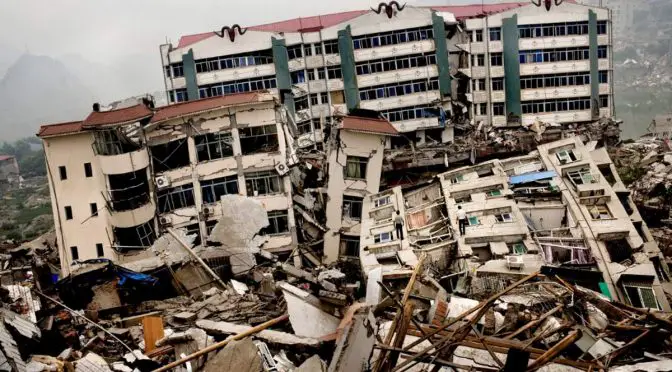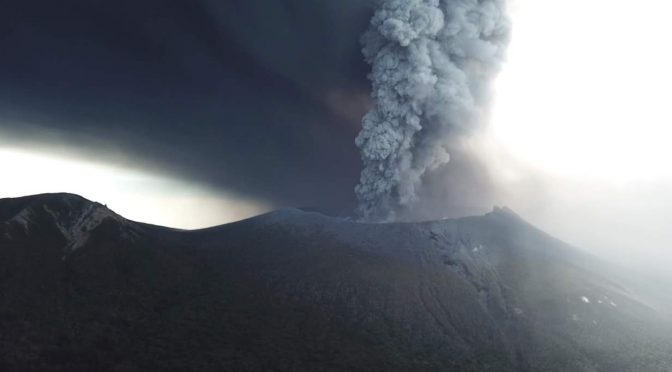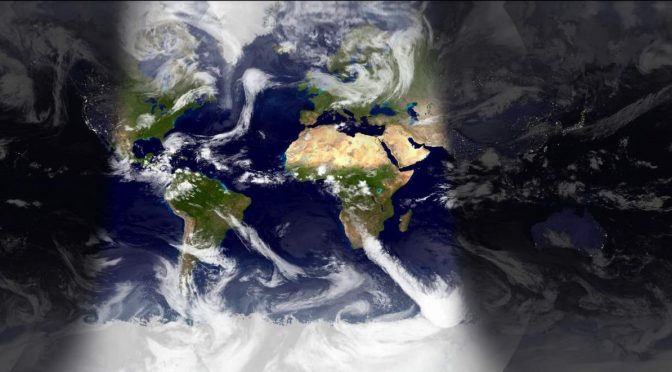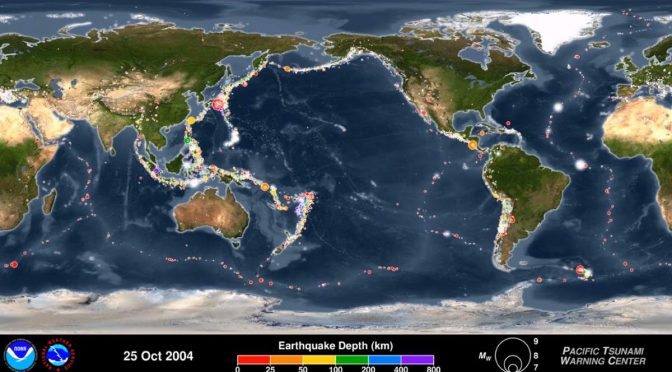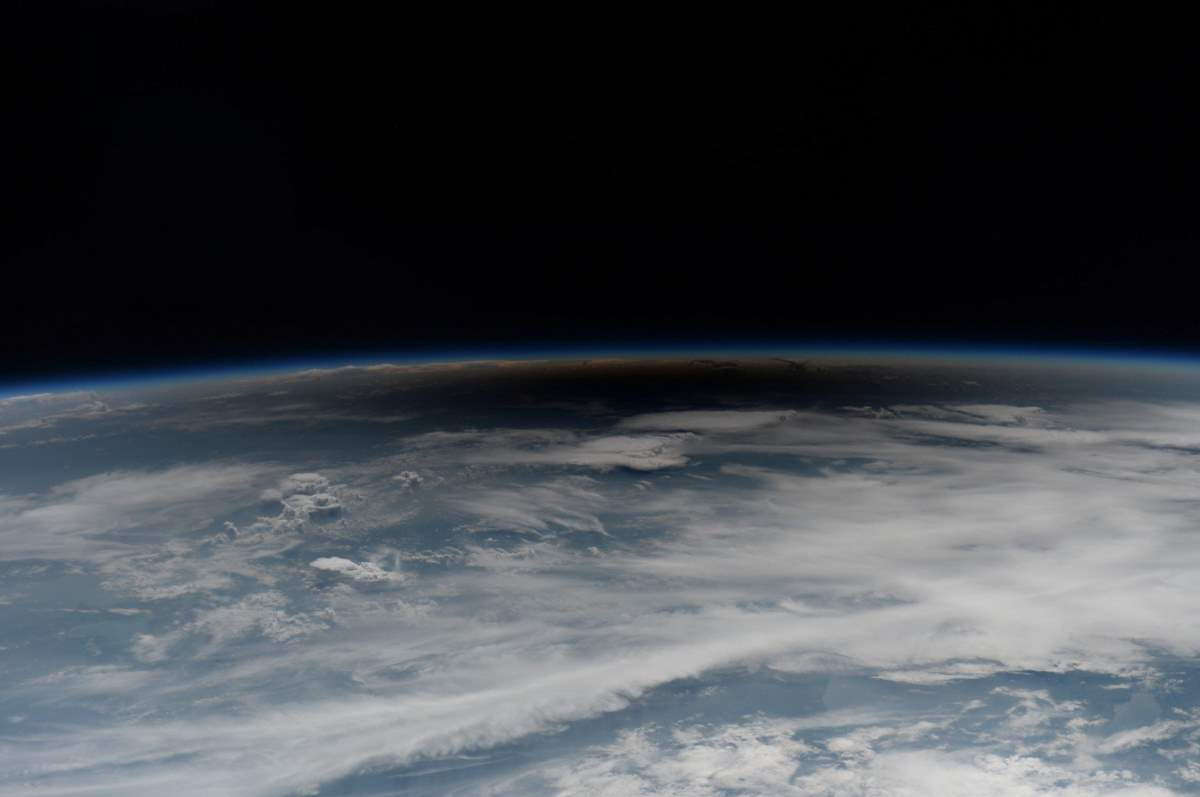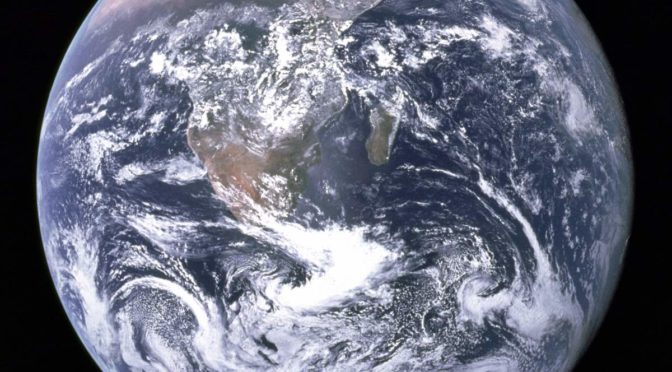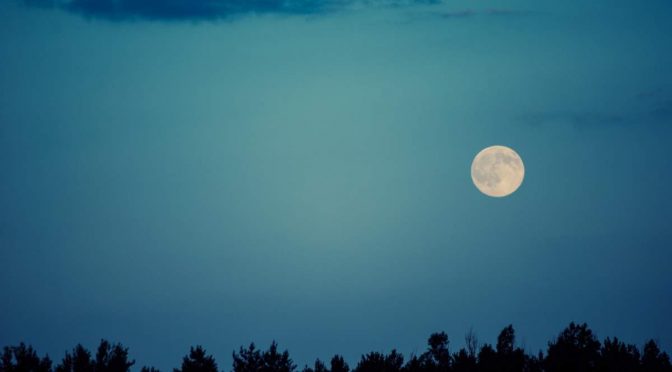Several hundred attacks on humans by crocodilians are reported annually, both non-fatal and fatal. To improve our understanding of human-crocodile conflict (HCC), a database was launched back in 2016. The Worldwide Crocodilian Attack Database, “CrocBITE” website and database was co-funded in 2013 with a small grant ($10,000 AUD) from Australia’s Charles Darwin University.
Where native large crocodilians and humans live close to each other, crocodile attacks on humans occasionally occur. In fact, only 9 out of 23 crocodilian species are considered dangerous to adult humans, and in those six species, only individuals 2 meters (6.6 feet) and longer in length are capable of killing adult humans.

